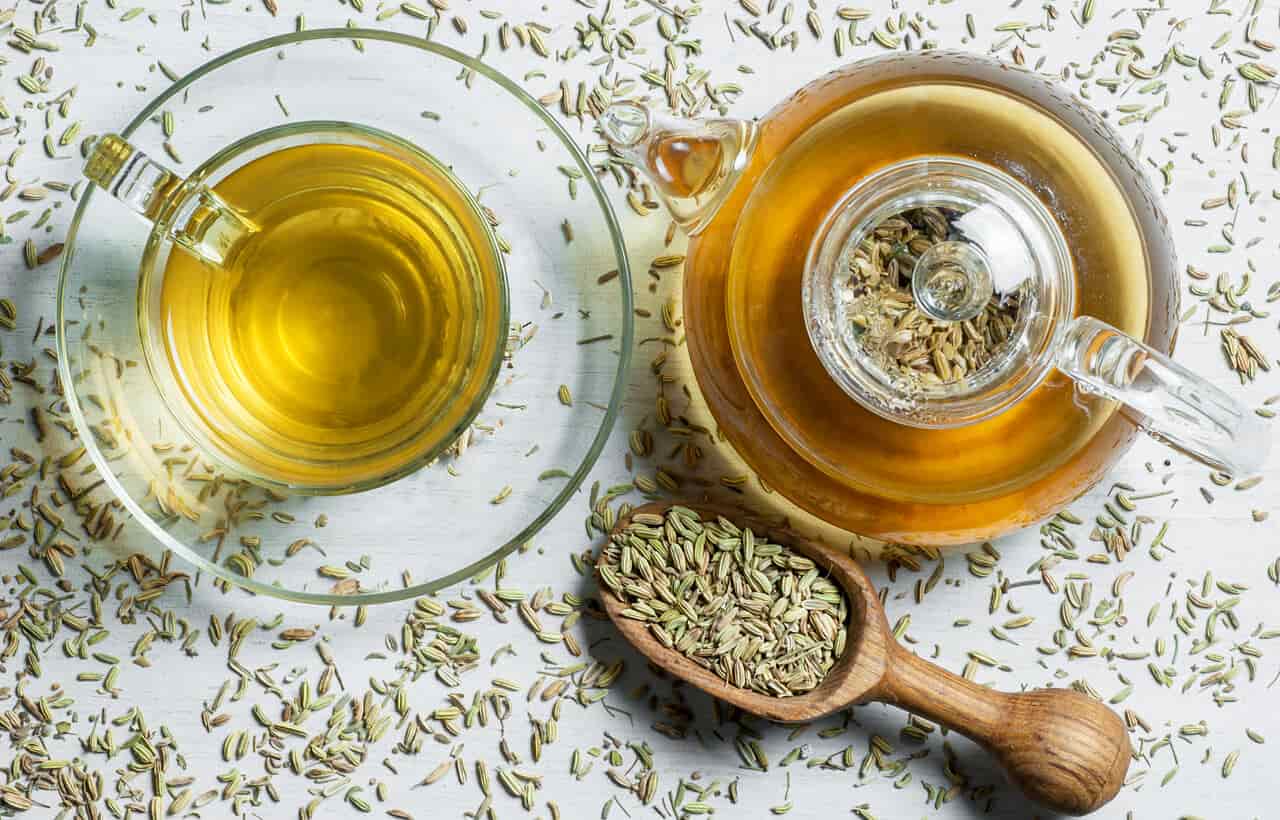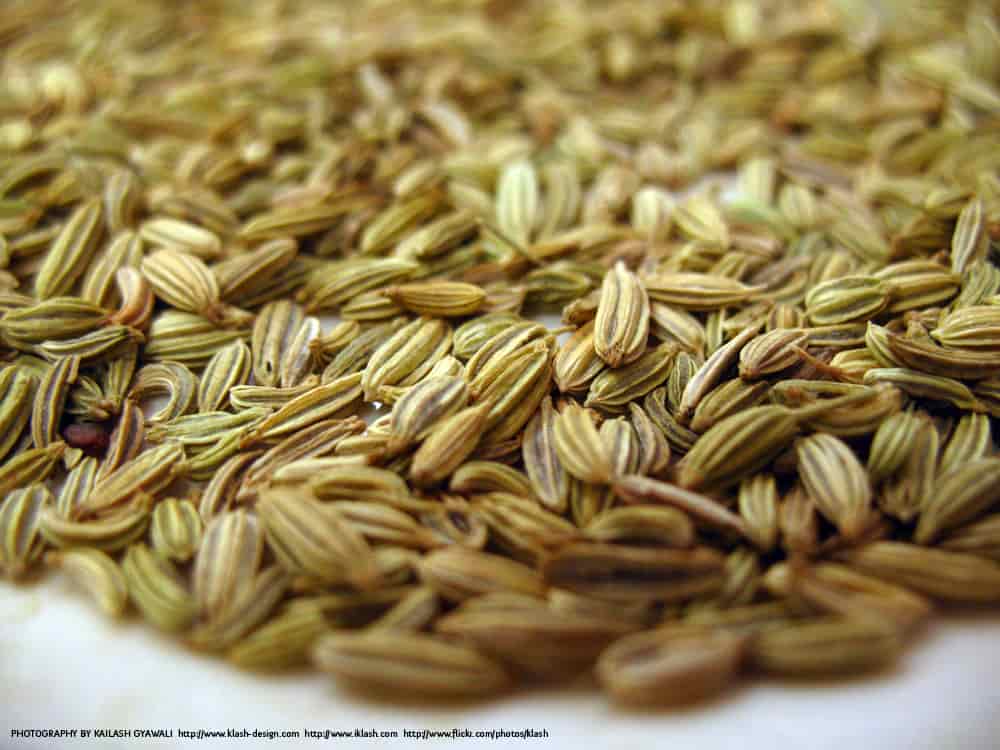Most people associate fasting exclusively with a lack of eating for extended periods of time. Other associations are made with not eating and becoming "hangry," feeble, or losing productivity, but the facts about intermittent fasting will broaden your understanding of the range of fasting possibilities and provide you with an ancient tool to help your system hum as it should.
Intermittent fasting is essentially going without food but for shorter, more frequent intervals. The most commonly discussed interval is described in hours per day and is referred to as the "16:8" ratio. What this means is that you do not eat for 16 hours within a 24-hour period and then you do all of your eating within an 8-hour window, called the "feasting window." The easiest way to employ this is to have at least half of your 16-hour fast happen while you are asleep. This means you can eat your last meal of the day, say around 5 p.m., and then wait to eat until at least 9 a.m.
Longer fasting windows get easier to work up to. I often do an 18-hour fast myself, and with enough practice (it is a practice!) a 24-hour fasting period becomes a more or less easy thing to attain. However, keep in mind that the widespread benefits of fasting can be achieved sufficiently with the 16:8 ratio. Also, women specifically have been shown to not require, or sometimes tolerate, as much fasting as men due to the sensitivity of our reproductive hormone cycle.
Another fasting option is to eat dinner at least three hours before slumber and then the following morning, abstain from eating breakfast for as long as possible. What, the most important meal of the day, you counter? New research shows that the emphasis on breakfast may be hyped and could have been influenced by the grain industry seeking to tout their cereal products. Either way, what you eat, and when you eat it, is one of the most important determinations for many health markers. Starting slowly is best and know that even one day of intermittent fasting per month is better than nothing. An intermittent fast per week, or even a daily 16:8, is worth working toward.
Now about those benefits.
We've all heard the term "feast or famine" but it is uncommon knowledge that the human body evolved to rely on those food-less times for focus on other critical biological functions. Cell regeneration and clean-up, metabolic hormone balance, mood stabilization, improved sleep, immune system fitness, decreased systemic inflammation — these are a few of the benefits of intermittent fasting. When we are bogged down by relentless digestion, a long list of inefficiencies develop. Having a hardwired desire to eat whatever we can whenever we can (as a natural response to the cold temps and those evolutionary feast/famine patterns) coupled with our cultural relationships to food (like "three square meals a day," holiday gorging, or food as therapy) plus the abundant year-round access we enjoy — well, many of us end up feeling "thick" by spring. And this is evidenced not just in increased fat stores, but in feeling "thick" energetically. Keep in mind that periodic, short fasts are a great way to lighten your load.
References
- Lugavere, Max, and Paul Grewal, MD. Genius Foods: Become Smarter, Happier, and More Productive While Protecting Your Brain for Life. New York: HarperCollins/Harper Wave, 2018.
- Personal school notes of the author: North American Institute of Medical Herbalism.
- Patterson, Ruth E., and Dorothy D. Sears. "Metabolic Effects of Intermittent Fasting." Annual Review of Nutrition. Annual Reviews. 3/25/19.
Writer Erin Lanum is a clinically trained herbalist and certified death midwife with years of focus on nutrition, herbs, sustainability, ethical wild-crafting, death and dying, and human connection to the ecosystems inside and out. Erin holds a B.Sc. in Environmental Studies from the University of Oregon, is a graduate of Columbine's School of Botanical Studies 4-year apprenticeship program in Eugene, OR, and a former student of Paul Berger at North American Institute of Medical Herbalism in Boulder, CO. Both Oregon and Washington are where she calls home, but she is grateful for her years in Hawaii and Colorado because making "home" in many places has broadened her sense of place.
For educational purposes only. This information has not been evaluated by the Food and Drug Administration. This information is not intended to diagnose, treat, cure, or prevent any disease, or sell any product.
Recommended Products
Further Reading

















